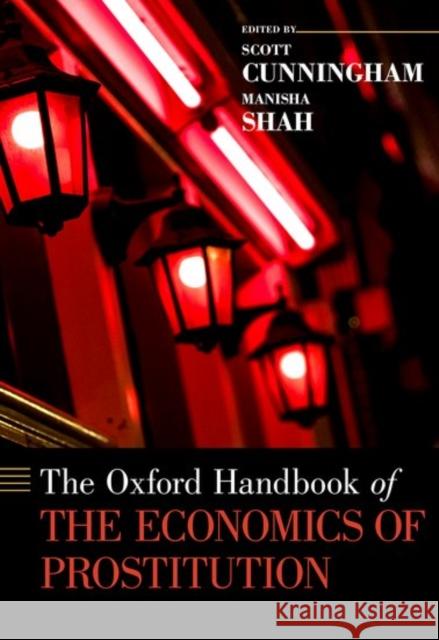The Oxford Handbook of the Economics of Prostitution » książka
The Oxford Handbook of the Economics of Prostitution
ISBN-13: 9780199915248 / Angielski / Twarda / 2016 / 544 str.
Prostitution bears the unique title of being both the "world's oldest profession" and one of the least understood occupations. Unlike most of the crime and family literature, prostitution appears to have all the features of traditional markets: prices, supply and demand considerations, variety in the organizational structure, and policy relevance. Despite this, economists have largely ignored prostitution in their research and writings. This has been changing, however, over the last twenty years as greater access to data has enabled economists to build better theories and gain a better understanding of the organization of sex market.
The Oxford Handbook of the Economics of Prostitution fills the gap in our understanding. It brings together many of the top researchers in the field who explain how the prostitution markets are organized across space and time, the role of technology in shaping labor supply and demand, the intersection of prostitution with trafficking, and the optimal use of law enforcement. What makes the material unique is its explicit focus on economics as the primary methodology for organizing our understanding of prostitution. The Handbook brings to scholars' attention for the first time a collection of original writings on prostitution that provides an overview of what is known and what is not known in this area. Researchers with an interest in underground markets, labor economics, risky behaviors, marriage, and gender will find the book's contents illuminating and path breaking.











